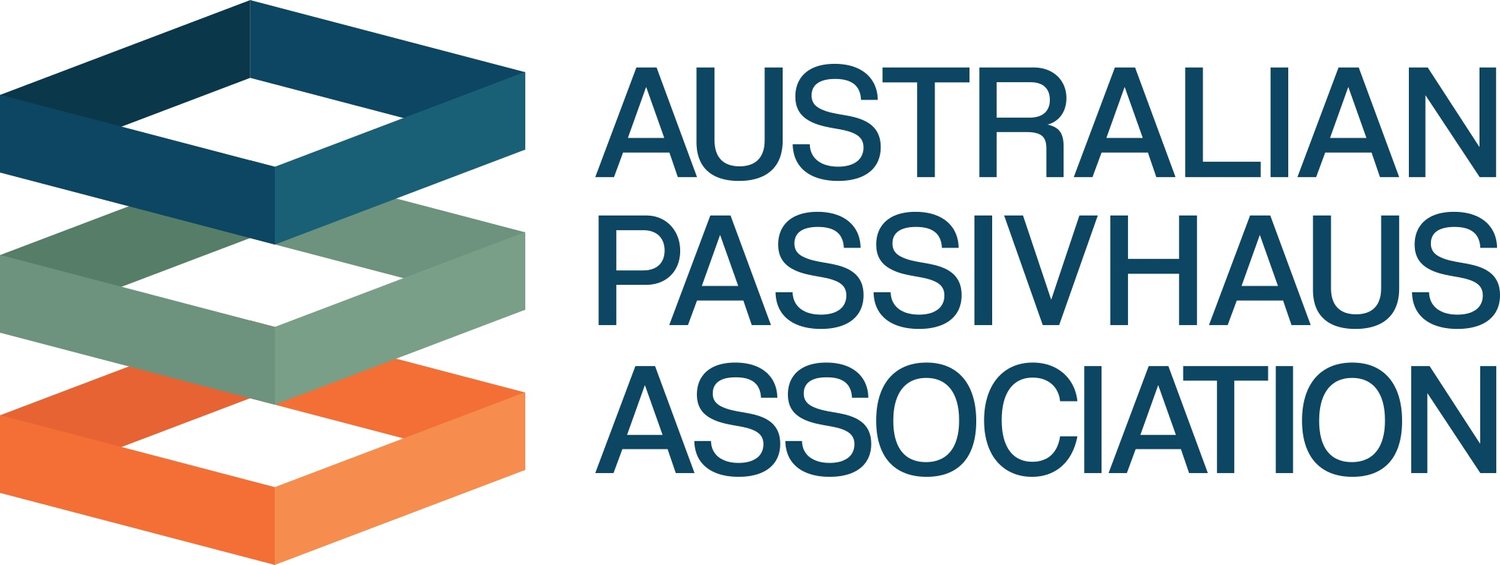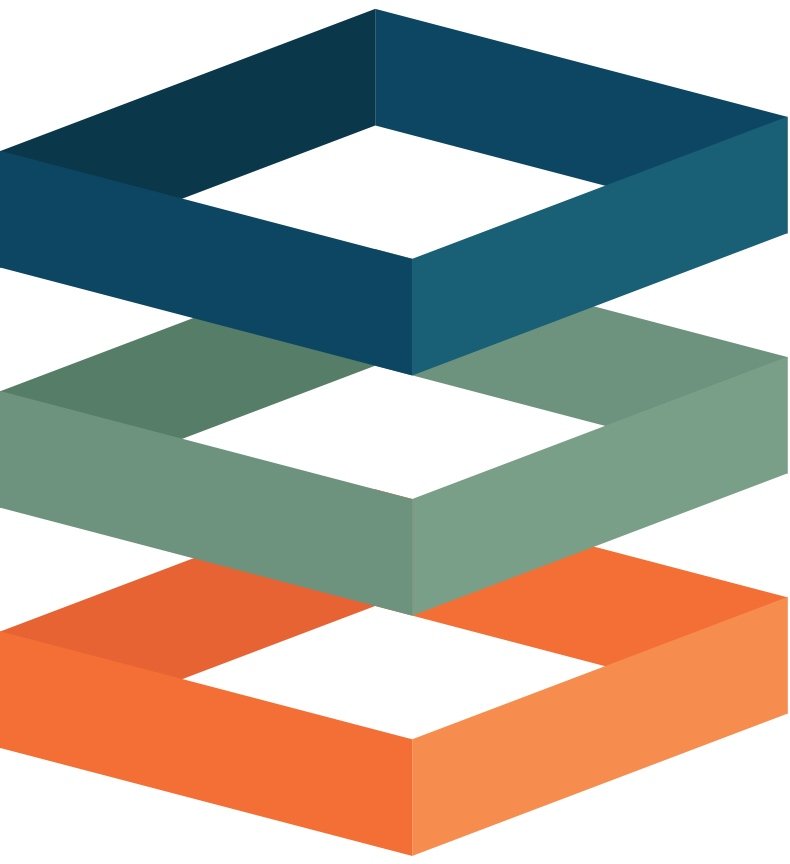
Your guide to Passivhaus Certification in Australia
“The biggest issue with projects that merely aim to meet the Standard’s requirements rather than Certification, is that it is much easier for performance gaps to emerge later once the building becomes operational. Passivhaus is an established, unambiguous standard that is not easily diluted, so as soon as you start moving away from that, you risk the building not performing as well as it could. By committing to achieving Passivhaus Certification, clients are protecting themselves from nasty surprises.”
Agata Kepinska, Engineer, RIBA JOURNAL
The Passivhaus Building Certification Process
An independent third-party review that confirms your building will perform as designed
Buildings meeting the strict Passivhaus certification criteria can be certified as Passivhaus buildings by any of the Passivhaus Institute accredited Building Certifiers operative worldwide. We recommend contacting a Passivhaus Certifier early in the planning process as this can help uncover and solve potential issues before starting construction. As a rule, all energy-relevant planning documents and technical data of the construction products are submitted before the start of construction work. After carefully checking and comparing the energy balance calculation, the certifier will provide information about any necessary corrections. After construction is complete, any planning changes are updated and documents relating to construction are checked during the final inspection.
However, it’s still possible to start certification after completion, the only risk here is that there’s less chance of meeting PH standards. You can find more information regarding the technical criteria of Passivhaus Certification on our Passivhaus Fundamentals page.
-
Passivhaus Classic is the original holistic construction certification standard, enabling Certified PH professionals to optimise building geometry based on the proposed usage and location of the building.
Built on a set of 5 building science principles—airtightness, thermal insulation, mechanical ventilation heat recovery, high-performance windows and thermal bridge minimisation—Passivhaus buildings exhibit remarkable levels of occupant comfort and energy efficiency. We call this a “fabric-first” design philosophy.
Additionally, Passivhaus Certification ensures that buildings perform as designed through stringent quantitative modelling, all but eliminating the huge performance gap often seen with traditional approaches to construction.
-
Building on the original standard, Passivhaus Plus provides an opportunity for clients to further reduce energy consumption while integrating renewable energy. The main difference between Plus and the original standard is that, to achieve Passivhaus Plus certification, the building must use renewable energy sources to generate enough energy to sustain its operations each year.
-
Passivhaus Premium is the epitome of sustainable construction. Buildings that reach this certification standard produce a significant amount of excess energy through renewable means, going beyond the typical net-zero goal into net-positive energy generation.
While it’s a challenging certification to aim for, ambitious clients, designers and Passivhaus teams can set a new industry standard by aiming for this goal.
-
The EnerPHit standard is Passivhaus’ answer to the challenges involved in retrofitting existing buildings. While achieving this certification still requires application of the 5 key building science principles, there are slightly higher limits when it comes to acceptable energy demand. This is because, unlike new builds, designers can’t fully optimise things like building orientation or structure.
However, EnerPHit-certified buildings still produce the desired outcomes of the Passivhaus standard—increased occupant comfort and incredible energy efficiency. It’s also possible to aim for EnerPHit Plus or Premium certification depending on the addition of renewable energy generation in the building.
Note: There are pathways for staged retrofits to achieve EnerPHit certification through the use of an EnerPHit Retrofit Plan and pre-certification as a Passivhaus or EnerPHit project.
-
Just like design, engineering and construction costs, certification costs are not fixed. Passivhaus Building Certifiers are free to set their own price based on a combination of aspects including:
The size and complexity of the project.
Whether or not the Passive House Designer/Consultant and/or builder has previously submitted a project for certification (the project team’s prior experience indicates the level of guidance a certifier will need to provide throughout the review process).
Whether or not the project has been modelled in SketchUp/DesignPH. In our experience, it’s more time-consuming to review projects that don’t use SketchUp/DesignPH — so much so that some certifiers will no longer accept projects that aren’t modelled in SketchUp/DesignPH.
Additionally, Passivhaus Building Certifiers must pay a fixed annual registration fee to the Passivhaus Institute, regardless of how many certifications they do per year. The Passive House Institute also charges Passive House Building Certifiers a per-project based on project type (this includes one plaque).
Additional plaques can be ordered for multiple residence dwellings, roughly $110 per plaque (depending on the AUD/EU exchange rate), with a discount for 5 or 10 units.
-
Certifier scope of services document created by UK Passivhaus trust provides a great explanation of what certifiers do and how we work with designers view here.
Certification Process Flowchart
Passivhaus Certification For Individuals
-
The Certified Passivhaus Designer course provides aspiring designers and consultants with the knowledge they need to deliver well-designed Passivhaus buildings. This ensures that CPHDs and CPHCs truly understand Passivhaus principles and can implement them through approved design software so that they translate to real-world benefits. The only difference between the two designations is that someone with a relevant design qualification (eg. architecture) is referred to as a designer while others would be referred to as consultants.
To ensure designers and consultants stay up to date, their certification needs to be renewed every 5 years by:
Being the person in charge of completing a Certified Passivhaus submission which also includes EnerPHit submissions, a Passivhaus retrofit standard.
Alternatively, they can accumulate 100 PHI credit renewal points through designer/consultant continuing education, such as Passivhaus Certification Training.
-
As an independent third-party reviewer, Passivhaus Certifiers play a key role in building certification. They provide impartial verification that all Passivhaus criteria have been met, ensuring a high-performing, occupant-friendly building. To become a certifier, Passivhaus Designers/Consultants must have participated in three or more certified projects and then apply to become an accredited Passivhaus Certifier, pending application acceptance.
-
While not a requisite for working on Passivhaus buildings, tradespeople can enrol in our Certified Tradesperson course to demonstrate their knowledge and understanding of Passivhaus principles and gain a competitive edge in this growing industry.
Like the design certification, CPHTs must renew their accreditation every 5 years by:
Completing a Passivhaus-certified project with adequate documentation.
Or by accumulating 30 PHI credit renewal points through relevant Passivhaus tradesperson education, such as our Comprehensive Introduction to Passivhaus Training.
Locate your local Passive House professionals here to ensure you work with the best talent.
In order to design and certify Passivhaus buildings, industry professionals also have to undergo their own certification through formal training. This ensures that those involved understand how to implement Passivhaus principles, locking in the subsequent benefits for the life of the building.
Look for these logos when choosing a Passivhaus Professional.
Passivhaus-Certified Products
As an independent authority, the Passive House Institute tests and certifies products based on their suitability for use in Passive Houses. Products that carry the “Certified Passive House Components” certificate have been tested according to uniform criteria: they’re comparable in terms of their specific values and are of excellent quality regarding energy efficiency.
Their use supports the designer’s task of choosing high-quality components and significantly contributes to ensuring the faultless functioning of the resulting Passive House. Browse the database of certified Passivhaus components to find a growing number of Passivhaus-approved products.
Look for logos such as these when choosing Passivhaus-certified products:
A certified consultant, builder or certifier? Certified components?
Are you looking for ……
“Very much a two-way street, and still requires commitment from the client right through to the contractor to make [Certified] Passivhaus a reality, but early engagement and full collaboration means the process need not be painful.”
— Agata Kepinska, Engineer, RIBA JOURNAL








